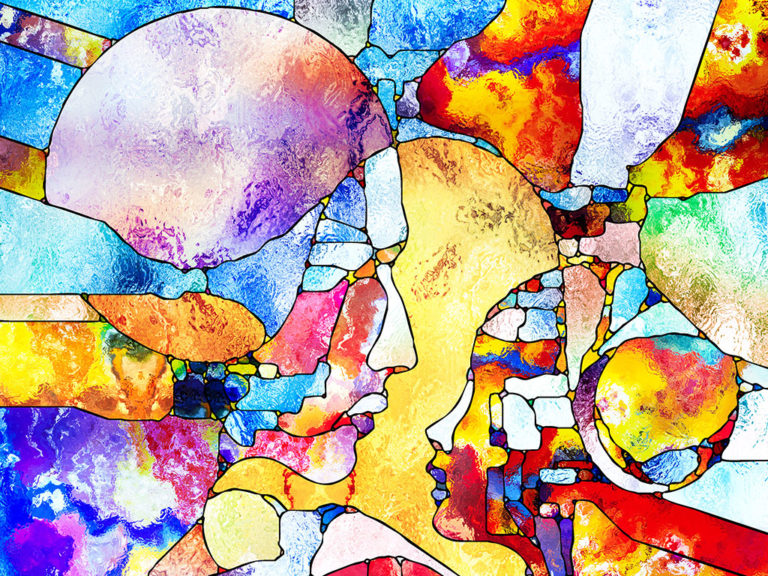From The American College Of Pediatrics: Teenagers’ rapidly developing brains put them at high risk of harm from marijuana use. New research reveals the grave risks associated with chronic use of marijuana in adolescents.
Marijuana And THC
The main active chemical in marijuana is delta-9-tetrahydrocannabinol (THC). When marijuana is smoked, THC rapidly passes from the lungs into the bloodstream. The blood then carries the chemical to the brain and other organs throughout the body. It’s absorbed more slowly when ingested in food or drink.13 In all cases, however, THC acts upon specific molecular targets on brain cells, called cannabinoid receptors. These receptors are ordinarily activated by chemicals similar to THC called endocannabinoids, such as anandamide. These receptors are naturally occurring in the body. They’re a part of the neural communication network (a.k.a. the endocannabinoid system). They play an important role in normal brain development and function.
The highest density of cannabinoid receptors is found in parts of the brain that influence:
- Pleasure
- Memory
- Thinking
- Concentration
- Sensory and time perception
- Coordinated movement.
Marijuana over activates the endocannabinoid system. This causes the high and other effects that users experience, including:
- Distorted perceptions
- Psychotic symptoms
- Difficulty with thinking and problem solving
- Disrupted learning and memory
- Impaired reaction time, attention span, judgment, balance and coordination.20
Chronic exposure to THC may also hasten the age-related loss of nerve cells.21 Numerous mechanisms have been postulated to link cannabis use with attention deficits, psychotic symptoms, and neural desynchronization.22 The hippocampus, a component of the brain’s limbic system, is necessary for memory, learning, and integrating sensory experiences with emotions and motivations. THC suppresses neurons in the information-processing system of the hippocampus. Thus learned behaviors, dependent on the hippocampus, also deteriorate.23
How Marijauana Changes The Teen Brain
Brain MRI studies now report that in young recreational marijuana users, structural abnormalities in gray matter density, volume, and shape occur in areas of the brain associated with drug craving and dependence. There also was significant abnormality measures associated with increasing drug use behavior. In addition to the regions of the nucleus accumbens and amygdala, the whole-brain gray matter density analysis revealed other brain regions that showed reduced density in marijuana users compared with control participants, including several regions in the prefrontal cortex:
- Right/left frontal pole
- Right dorsolateral prefrontal cortex
- Right middle frontal gyrus (although another small region in the right middle frontal gyrus showed higher gray matter density in marijuana users).
Countless studies link prefrontal cortex dysfunction with decision-making abnormalities. Further, functional MRI and magnetic resonance spectroscopy studies have shown that cannabis use may affect the function of this region.24 Brain imaging with MRI was used to map areas of working memory in the brain and showed similar findings in normal and schizophrenic subjects who did not use marijuana. However, decreases in the size of the working memory areas of the striatum and thalamus, for those who had a history of cannabis use, was more marked in those who used marijuana at a younger age and in users with schizophrenia.25
The Effects Of Chronic Use
In chronic adolescent users, marijuana’s adverse impact on learning and memory persists long after the acute effects of the drug wear off.
A major study published in 2012 in Proceedings of the National Academy of Sciences provides objective evidence that marijuana is harmful to the adolescent brain. Researchers in New Zealand administered IQ tests to over 1,000 individuals at age 13 (born in 1972 and 1973) and assessed their patterns of cannabis use at several points as they aged. Researchers tested the participants’ IQ 25 years later at age 38. Their two scores were compared as a function of their marijuana use, and the results were striking. Participants who used cannabis heavily in their teens and continued through adulthood showed a significant drop in IQ between the ages of 13 and 38—an average of eight points for those who met criteria for cannabis dependence. Those who started using marijuana regularly or heavily after age 18 showed minor declines.
Before And After Marijuana Use
By comparison, those who never used marijuana showed no declines in IQ.26 This is the first prospective study to test young people before their first use of marijuana and again after long-term use (as much as 20+ years later) thereby ruling out a pre-existing difference in IQ. This means the finding of a significant mental decline among those who used marijuana heavily before age 18, even after they quit taking the drug, is consistent with the theory that drug use during adolescence—when the brain is still rewiring, pruning, and organizing itself—has long-lasting negative effects on the brain.
Other studies have also shown a link between prolonged marijuana use and cognitive or neural impairment. A recent report in Brain, for example, reveals neural-connectivity impairment in some brain regions following prolonged cannabis use initiated in adolescence or young adulthood.27
Another longitudinal study followed 3,385 patients who were between 18 and 30 years of age in 1985 for over 25 years. Researchers tested verbal memory, processing speed, and executive functioning. 84.3% of the population reported past marijuana use, but only 11.6% continued using marijuana during middle age. For each five years of past marijuana use, verbal memory decreased significantly.28
The American College of Pediatricians is a national medical association of licensed physicians and healthcare professionals who specialize in the care of infants, children, and adolescents. The mission of the College is to enable all children to reach their optimal physical and emotional health and well-being.
- A PDF copy of this statement is available here: Marijuana Use: Detrimental to Youth
- For more information, visit The Health Effects of Marijuana Use page on this website.





















